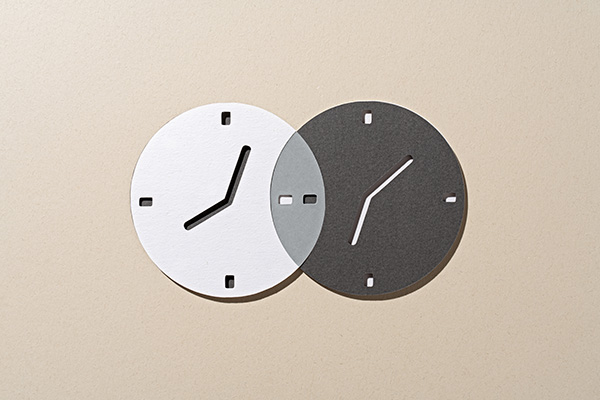3 Major Pitfalls Keeping You Out of the Accessory Game

Article Highlights:
- Selling accessories isn't the hard part...
- "The actual payment price turns out to be different than the quoted price."
Where does the accessory sale typically fall short? It’s not really the sale; that’s the easy part. It’s the pricing, part ordering, part delivery, installation, tracking, and finally customer delivery processes that cause the biggest headaches and pain for you and your customer. Let’s take a look at some of the major pitfalls dealerships face in today’s accessory selling process:
Information accuracy:
Many dealerships I’ve visited are still using the old fashioned method of quoting prices for accessories… calling up the parts and service departments individually and getting their numbers. Typically each department will look up the parts and hours; then add its own mark-up to arrive at a final number.
Nine times out of 10 the actual payment price turns out to be different than the quoted price. This means either the customer ends up paying way more than he expected, causing CSI to drop, or someone will get a talking to from the general manager.
Parts Ordering:
Next is the parts order process. Parts typically don’t get ordered until the salesperson delivers a we-owe to the service advisor. The margin of error here is huge. The salesperson’s job is to sell, so when one deal is done, his mind is already onto the next customer, not delivering that we-owe to service.
This is also typically a paper process, so the chance of that we-owe getting lost or misplaced is pretty high. Next thing you know, the customer is calling in to schedule an appointment and the salesperson has no clue what he is talking about. Another drop in your CSI score.
Tracking and Communication:
Poor tracking and communication are also major problems for dealerships selling accessories. Oftentimes, dealerships have to work with outside installers to get certain types of work done. If communication is lacking, it’s hard to schedule and the installer may show up when the vehicle is not at the dealership or still being worked on.
Communication with the customer is also a missed step. Whose job is it to contact the customer… service, parts, sales? Scheduling follow-up appointments or even ensuring the customer is contacted if not all the parts have arrived can be a major issue for dealerships that don’t have the right communication processes in place.
There is too much room for error in each of these pieces—lost profits, a drop in CSI, decreased employee morale, or bad relationships with installers. It’s no wonder dealerships try to steer clear of accessories.
But, the accessory process doesn’t have to be a headache for you. With the right processes in place this can transform from a tangled web of mishaps into a streamlined, and profitable, process.
Related Articles:

True Story: Night and Day Service Scheduling
What establishments do you frequently visit? They know you – your name, address, details from your last visit. Why shouldn’t your dealership be the same?

Managing Missed Appointments in Your Service Department
Are you properly handling the missed appointments in your service department?

Bringing Balance to the (Work) Force: Jedi Tactics for Defeating a…
As we celebrate May the 4th, let’s look beyond the stars and into our service departments, where a challenger nearly as daunting as Darth Vader…

3 Reasons You Need a CRM in Your Service Drive
If you’re not currently using a customer relationship management (CRM) tool in your service department, you’re probably wondering if it’s worth having. I present the…















